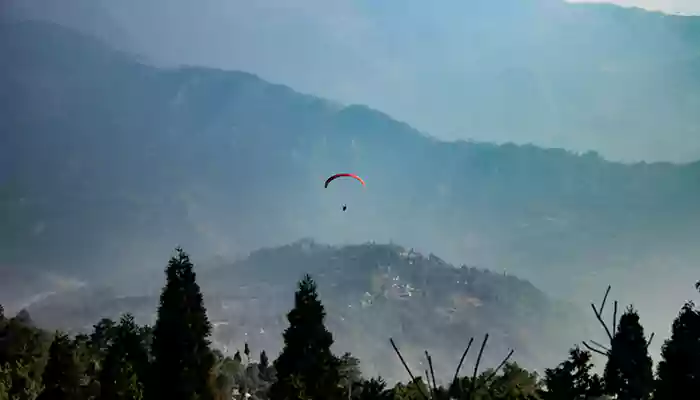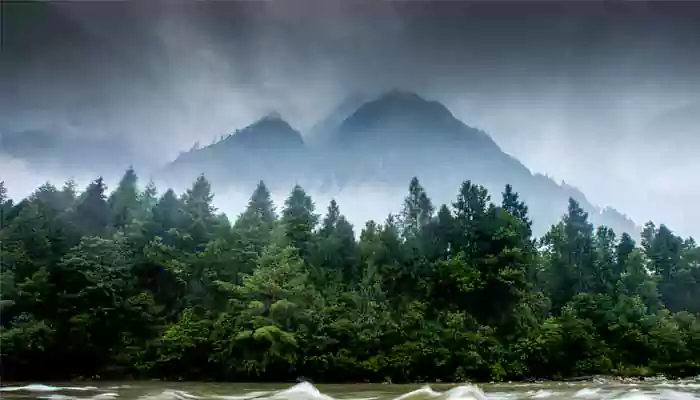Best sky gazing spots of Asia that a sky Astrophile cannot miss

In less-populated areas, you can find stars and the Milky Way's most pristine landscapes.
There are plenty of ingredients for a great night sky trip in Asia, but you can't see the Milky Way or the cosmos just anywhere. Cities such as Bangkok and Shanghai, which are densely populated, are shrouded by clouds of light pollution, which can prevent you from seeing even a single constellation. Head to the country and you'll find yourself in a different world.
In less-populated areas, you can find stars and the Milky Way's most pristine landscapes. During peak times, such as the dry season and following a new moon, sky-watching in Asia is very impressive. The Milky Way's galactic center, which is visible from May to September, is also dazzling during this period. Any time of year, however, can provide you with amazing skies.
Here are eight of the best places in Asia to view the stars.
Yeongyang Ecological Park, South Korea
In 2015, South Korea became the first Dark Sky Park in Asia. This region's first eco-park was established to guarantee the best possible conditions for observing the stars. Located in the Wangpi River basin, about four hours away from Seoul, the park is an ecological landscape protected zone.The area's small population makes it easy to maintain minimal light pollution. In addition, the park protects millions of glowing insects, which need dark to communicate with one another.
Hehuan Mountain, Taiwan
The high elevation and remote location of Hehuan Mountain make it one of the best places in Taiwan to see the stars. This region's first Dark Sky Park is located in the Taroko National Park. It's about two hours away from the airport.Due to the nature of the park's remote location and the strict regulations that apply to camping, some campsites are only allowed to be used by individuals. Some of the other campsites that are available are the Lshui Trail and the Lushui campground.
Hateruma Island Starry Sky Observatory Tower, Japan
The Hateruma Island Observatory Tower is located on the Yaeyama islands, and it capitalizes on the clear skies that the region is known for. During new moon periods, the facility's visitors can spot 84 different constellations.Equipped with a pair of refractor telescopes, the tower offers both educational and breathtaking views of the Milky Way. If you're planning on visiting this area, make sure to check out the Iriomote Island National Park, which is also nearby. This is Japan's first international Dark Sky Park.
Great Wall, China
Despite the Great Wall's reputation for having massive crowds, this natural wonder is actually thousands of miles long. While the sections that are accessible to the public are usually open during the day, the older ones, such as Gubeikou, are only open during the night. Due to the area's low light pollution, and the small number of people living nearby, this region has some of China's most amazing astronomical views.Some tour operators, such as Great Wall Hiking, provide guided tours that are focused on observing the stars in the Gubeikou area. Other tour operators, such as Beijing Hikers and Viator, also offer camping trips along this section of the wall.

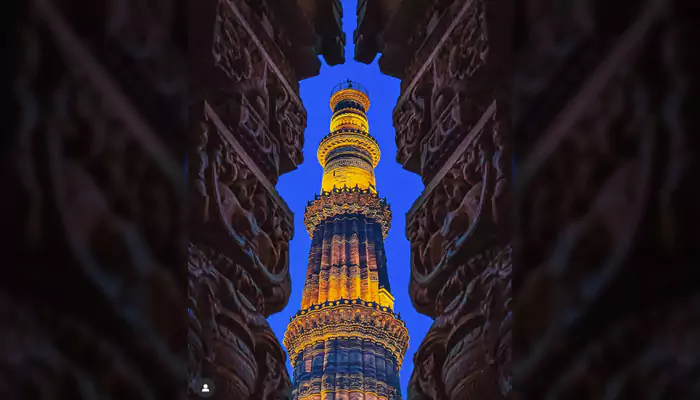
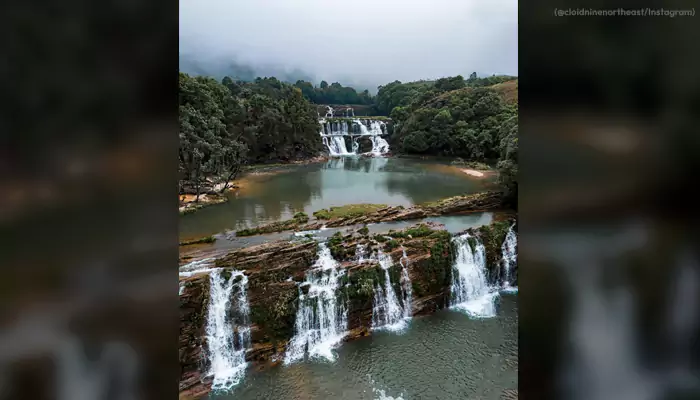

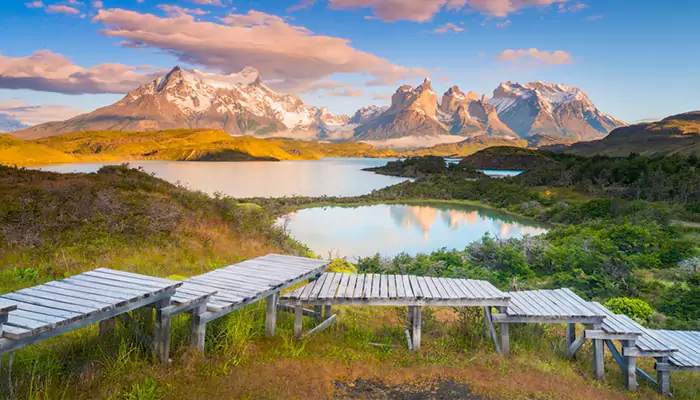

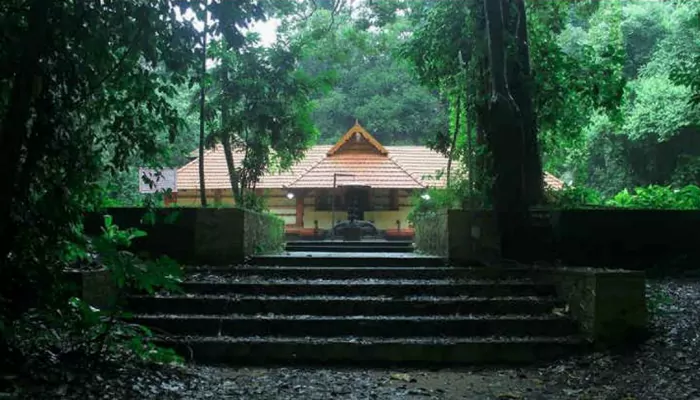

.webp)
